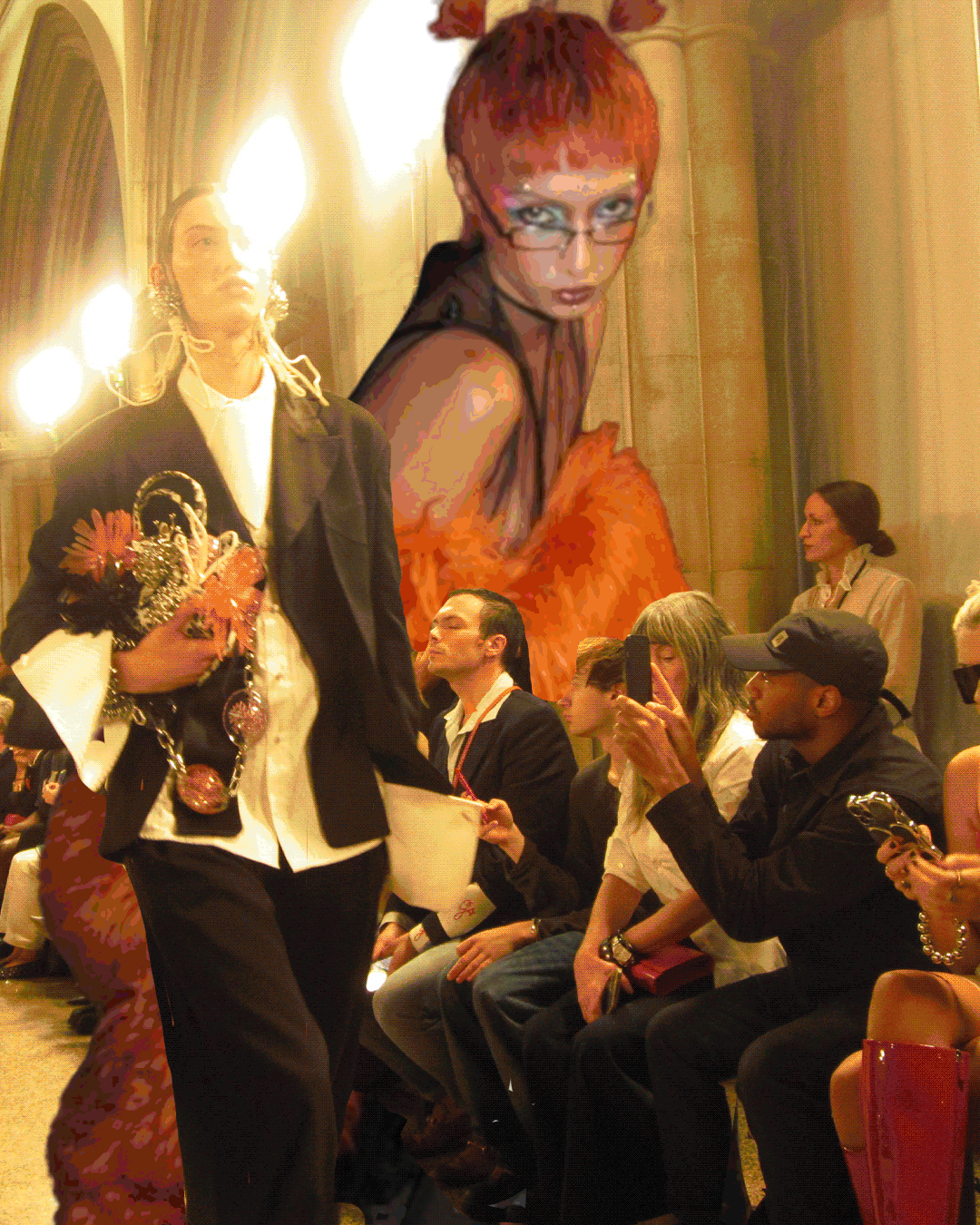Here and Now
- Share via
True. It is simply too fabulous when Naomi Campbell sets her lip and struts along the catwalk; when Tyra Banks skips across the beach in a bathing suit as blue as the sea; when Alek Wek, the onyx-skinned, Sudanese beauty, spins in transforming circles. But just how many long, 38-inch-inseam strides did it require to traverse from there to here?
For black models in particular, the mere appellation “model” is far more resonant because so much of the public pose for women of color is weighted with metaphor.
“Neither Jezebel nor Jemima. In a society that could not imagine whatever else they might be, black models were women of rare presence,” writes Barbara Summers, a former fashion model and educator in the introduction to her new book, “Skin Deep: Inside the World of Black Fashion Models” (Amistad). “For their unique blends of elegance and innocence, the media had no convenient place.”
Looking between the lines of image and projection, “Skin Deep” is far more than simply a slick, coffee-table distraction. Summers, the editor of the bestselling photo book “I Dream a World: Portraits of Black Women Who Changed America” (Stewart Tabori & Chang, 1989), has provided a record--oral remembrances, antique advertisements, fantasy high-fashion spreads, working-girl composite shots--that stitches together the flourish and fanfare with the contortions and compromise that black women endured to fit ideals of imagination--without losing their sense of self.
Role models--not fashion models--like singer Lena Horne, hair-care magnate Madam C.J. Walker and jazz stylist Josephine Baker “influenced black women for the entire century,” Summers says. “Not just in beauty, but in a whole style of living.”
With New York as her point of departure, Summers began retracing first steps. “That’s where black women started. And it was African American women who really paved the way. I visited the archives of the major magazines, but I found I had to dig very deep. Even the Schomburg [Center for Research in Black Culture] had little or nothing. They hadn’t started cataloging it yet. I think they didn’t realize how important it was. We don’t give ourselves credit for our own achievements.”
With today’s attitude and elan--a high-proof combination that pervades the fashion industry--it’s easy to discount the struggle. But Summers’ book is full of sobering, achingly recent firsts that suggest the arduous path: Dorothea Towles, the first black international model, 1949; Jane Hoffman, the first black Cosmo cover girl, 1969; Aria, the model featured in Ralph Lauren’s first black ad, 1989.
Though the book is a celebration of determination shot through with a fair amount of spirit-bolstering arrogance, Summers knows you can’t ignore that for each heroine there was a victim. “I resent the fact that racism is still so active. . . . It’s too late in the century. Why [is] it such a big deal when they use a black girl? . . . We’re still the objects. It’s not just a cultural war.” Summers underscores, “It comes down to being a personal challenge, and a lot of us don’t rise to it. In one volume, I wanted you to see the range of beauty. The lightest to the darkest, intelligent, articulate. These girls have got something to say, beyond what they look like.”
More to Read
Sign up for our Book Club newsletter
Get the latest news, events and more from the Los Angeles Times Book Club, and help us get L.A. reading and talking.
You may occasionally receive promotional content from the Los Angeles Times.










